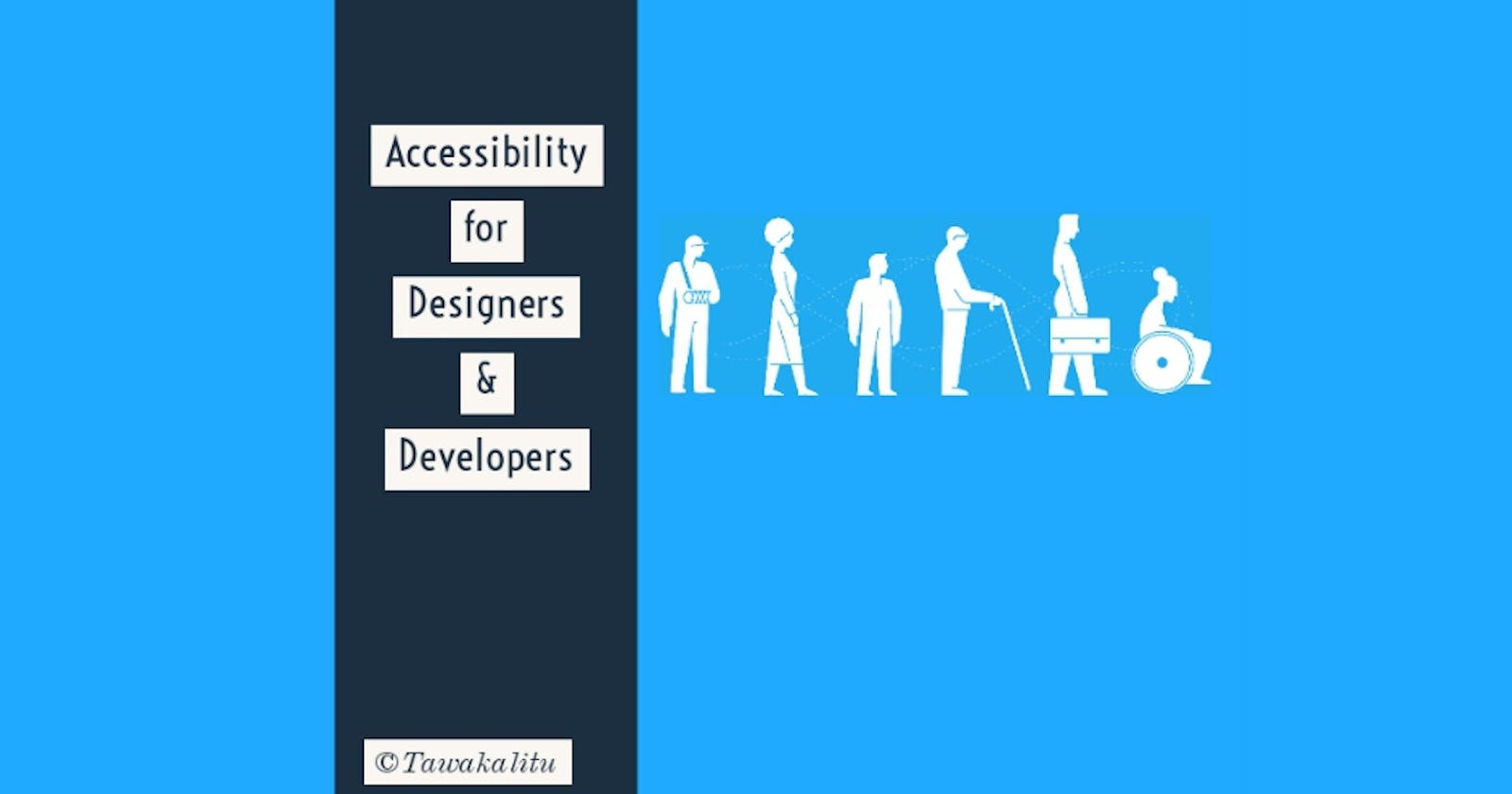Introduction
The world is fast becoming global, and the digital era has made it easier for us to connect with people from different parts of the world. It has opened up opportunities for businesses to expand their reach and for people to gain knowledge and skills. It has also revolutionized the way we do things, making life easier and faster.
Despite these advantages, the digital era has also widened the digital divide, leaving those without access to technology and the internet at a disadvantage. It is important to ensure that everyone has access to the opportunities that digital technology provides. This means that technology has to be accessible to everyone, no matter their age, gender, or ability. Everyone should be able to access and use the same technology to make their lives easier and better. The world needs to become more inclusive and accommodating for all. With this, it is important to understand that accessibility to online services is critical for everyone to have the same opportunity to access information, communication, and entertainment resources.
Hence accessibility cannot be overlooked, designers and developers need to consider everyone, no matter who they are.
What Is Accessibility?
The word "accessibility" simply means easy entry. It is the practice of making your product usable by many people.
Accessibility For Designer
Accessibility starts at the design stage. It is the responsibility of designers to ensure that the product is universally useful and usable, following the principles of Universal Design, regardless of a person's age, ability, or disability.
Good Practices For Designers
As a designer, considering everyone is very important.
Considerations for autistic spectrum users
The autistic spectrum is a disability with challenges in social communication and restricted interests. What to do when designing for them?
Write in plain English.
Use simple sentences and bullets.
Use descriptive buttons and icons.
Use simple colors.
Build simple and consistent layouts.
Considerations for screen readers
Screen reader is an assistive technology, primarily used by people with vision impairment. What to do when designing for them?
Follow a linear logical layout.
Write descriptive links and headings.
Use descriptive images and provide transcripts for videos.
Considerations for low-vision users
Low vision is described as a partial loss of visual activity. What to do when designing for them?
Use good contrast and readable font size.
Use a combination of color, shapes, and text.
Put buttons and notifications in context.
Follow a linear, logical layout and ensure text flows and is visible when text is magnified to 200%.
Consideration for users with physical or motor disabilities
Physical or motor disability is the partial loss or total loss of function of a body part usually a limb or limbs. What to do when designing for them?
Make clickable actions large.
Design with mobile and touch screen in mind.
Make form fields spacious.
Provide shortcuts.
Considerations for users who are deaf or hard of hearing
Deaf or hard of hearing, refers to mild - severe learning loss. What to do when designing for them.
Write in plain English.
Provide transcripts or subtitles for videos.
Use a linear and logical layout.
Break up content with subheadings, images, and videos.
Considerations for dyslexic users
Dyslexia is a common learning difficulty that causes problems with reading, writing, and spelling. What to do when designing for them?
Use images and diagrams to support text.
Align text to the left and keep a consistent layout.
Provide materials in another form i.e. audio and video.
Give users the ability to change the contrast between background and text.
Do not put too much information in one place.
Accessibility For Developers
As soon as developers begin to write codes, it's critical to incorporate accessibility standards following the Web Content Accessibility Guidelines (WCAG) technical requirement, to make products and services available and easy to use by many more individuals, which is good for business.
Good Practices For Developers
What to do, to make your website accessible.
Use section elements to create a broad outline of your page content I.e
header,nav,main,andfooter.Use content sectioning elements like
section,articles,andaside.Avoid skipping heading levels, start with
h1toh6.Use only one
h1per page for the page title.Use descriptive alternative text for images
alt ="image description "Label forms properly, because screen readers can't go through forms if it isn't labeled correctly.
Provide feedback errors I.e for password strength
your password must be longer than eight symbols containing ---Keep the navigation bar easy to use, by making it fixed on top of all website pages.
Make keyboard navigation easy to use, so people with disabilities can navigate the website using only their keyboards.
Include a "skip to content" for keyboard users.
Benefits of Accessibility
The benefits of accessibility in designing and developing products include.
Accessibility improves user experience for disabled people, older people, and people who use older devices.
Accessibility is a legal requirement in many countries.
There would be increased website traffic.
Improved website SEO.
Reduced page loading time.
Improved brand reputation.
Helps you reach a broader audience.
Helps develop an innovative business mindset.
Promotes business growth.
Conclusion
It is not enough to design or code beautiful websites, it is necessary to take into account people with disabilities, old people, and others with old phones. This is because we want our products to be used and accessible by everyone.
To ensure this, we must take into account accessibility standards and use the latest technologies to ensure that everyone can access our products. Additionally, we must also conduct usability testing to ensure that our products are easy to use for people of all backgrounds and abilities.
Additionally, ask yourself if your product is accessible - is it usable for people of all ages, genders, races, cultures, and abilities?
Please leave a comment below, I would like to hear from you. Feel free to connect with me on LinkedIn and Twitter.
References
https://stephaniewalter.design/blog/accessibility-resources-tools-articles-books-for-designer/
https://usabilitygeek.com/bad-vs-good-accessible-designs/
https://www.w3.org/WAI/tips/designing/
https://adasitecompliance.com/top-10-benefits-website-accessibility/.
